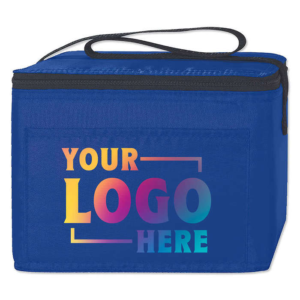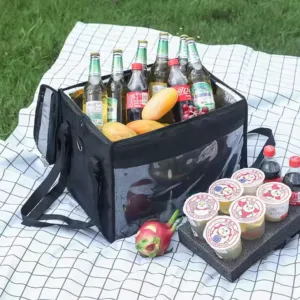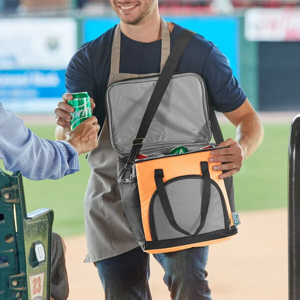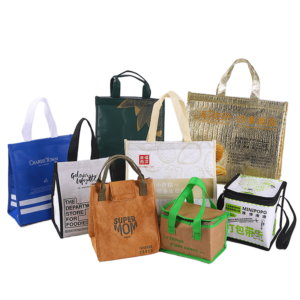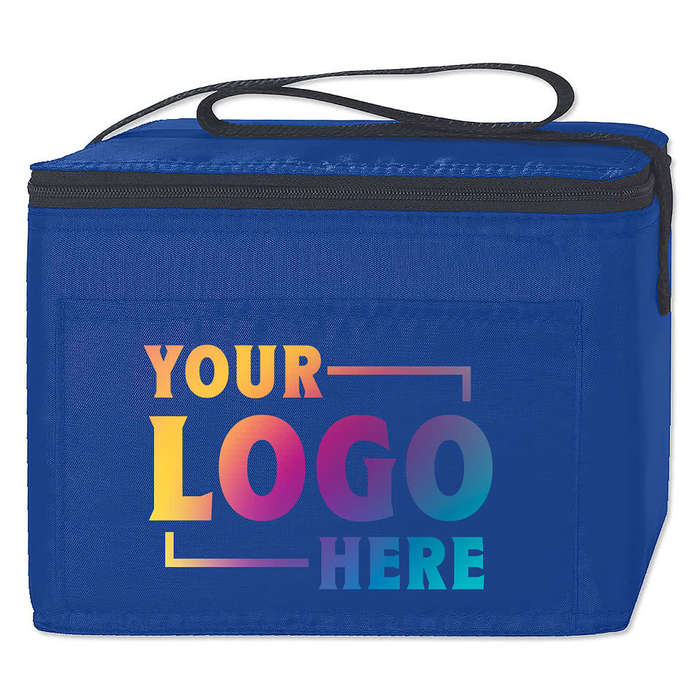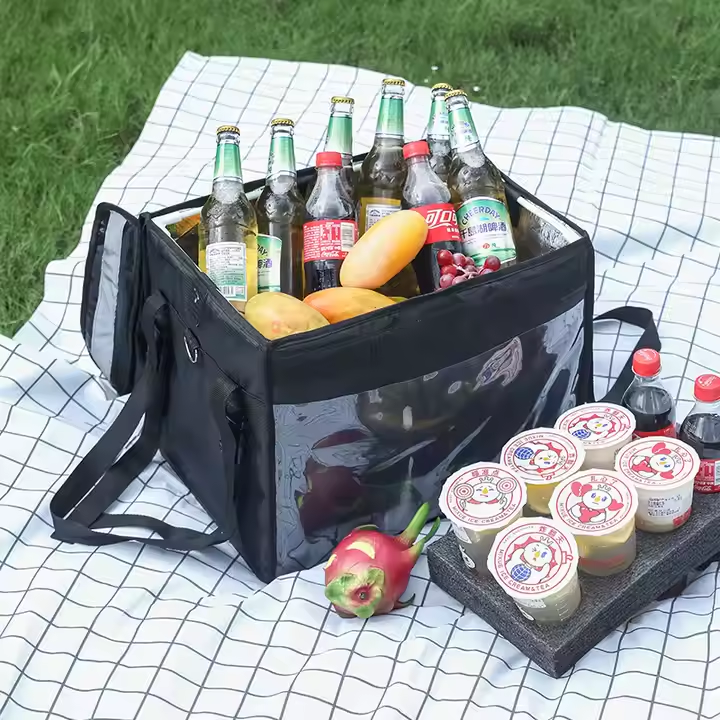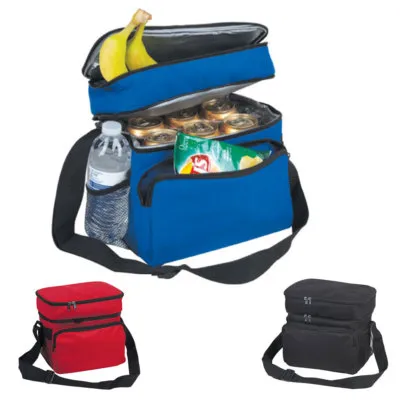Entering the eco bag market brings opportunity—but it's tough. In this article, we analyze the five biggest hurdles startups face today. We'll guide new brands through cost, awareness, regulations, competition, and supply issues with real‑world tips.
1. High Production Costs[^1]
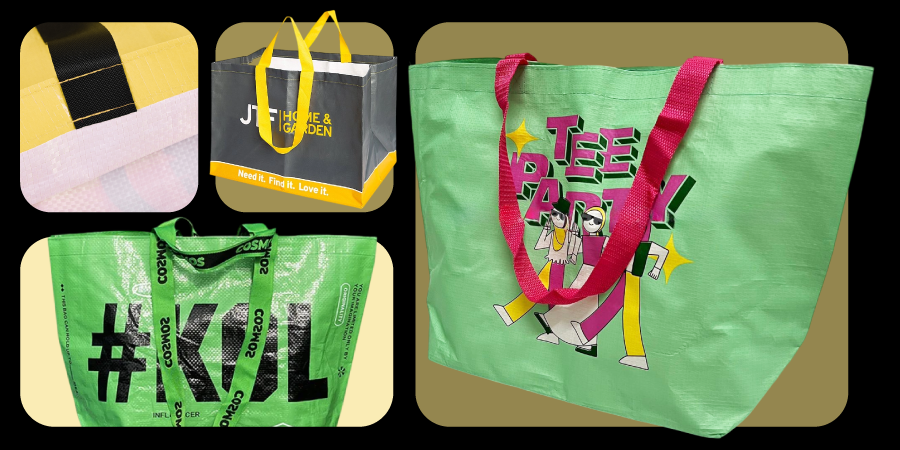
Eco-friendly bags often rely on pricier materials like organic cotton, hemp, or biodegradable polymers. Certification, sustainable sourcing, and eco‑friendly manufacturing further raise expenses.
Dive Deeper
Smaller startups lack large-order discounts. They pay more per unit than big manufacturers. Higher costs force higher retail prices, which may scare away cost-conscious shoppers. Without bulk purchasing power, it's hard to scale.
Price Impact Table
| Cost Factor | Effect on Retail Price |
|---|---|
| Organic/raw materials | +20–50% vs. synthetic |
| Certification fees | +5–15% per batch |
| Specialized production | +10–25% per unit |
Smaller brands also face cash flow issues—paying upfront for eco materials before selling. To ease the burden, they can use a phased rollout, starting with fewer SKUs. They can also seek grants or crowdfunding tied to sustainability goals.
2. Limited Consumer Awareness[^2]
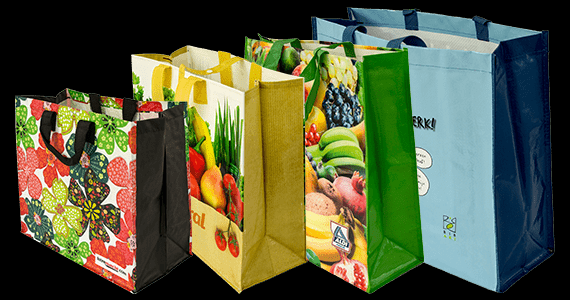
Many consumers still don’t know eco bags' benefits. They question claims like biodegradability. Low awareness means startups must invest in education and marketing.
Dive Deeper
Without strong branding and consumer trust, it’s a hard sell. Shoppers need proof—eco‑certifications, lifecycle comparisons, durable design. They also want to see why your eco bag matters over a cheap plastic one.
Awareness Strategy
- Storytelling: Share supply chain transparency on your site and packaging.
- Certifications: Show organic/Fair‑Trade logos clearly.
- User reviews: Gather testimonials and before‑after usage stories.
- Partnerships: Collaborate with eco-conscious influencers or local NGOs.
Real-world example: A small hemp bag brand launched a video campaign showing decomposition tests vs. regular bags. Within six months, their awareness metric jumped 40% and online sales grew accordingly.
3. Regulatory Challenges[^3]
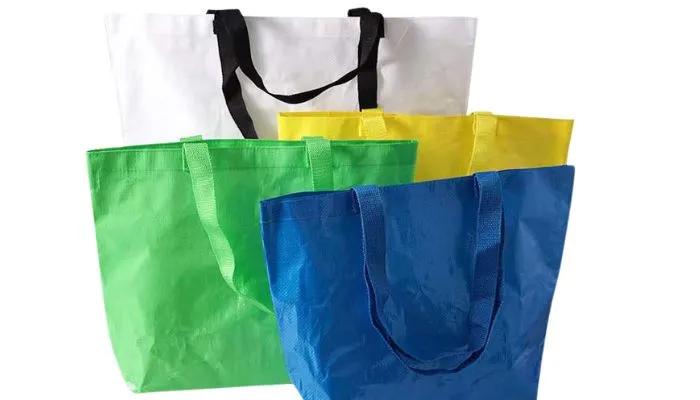
Regulations for materials, production processes, and recycling vary by region. New brands must understand local laws (e.g. EU plastics directive, US state bans) or face fines and loss of market access.
Dive Deeper
Regulatory hurdles hit small entrants hardest—they lack teams to track policy changes. Penalties for non‑compliance can include hefty fines or forced product recalls. This uncertainty disrupts production planning.
Regional Comparison
| Region | Key Rules | Compliance Challenge |
|---|---|---|
| EU | Single‑use plastics ban | High, many exemptions |
| California | BOP design standards | Moderate |
| Southeast Asia | Bio‑plastic content mandates | High estimate required |
Successful startups hire local compliance experts or use consultants. Some join industry alliances to share knowledge. Others choose to enter regions with clearer, stable rules, then expand later.
4. Competition from Plastic Bags & Big Brands[^4]
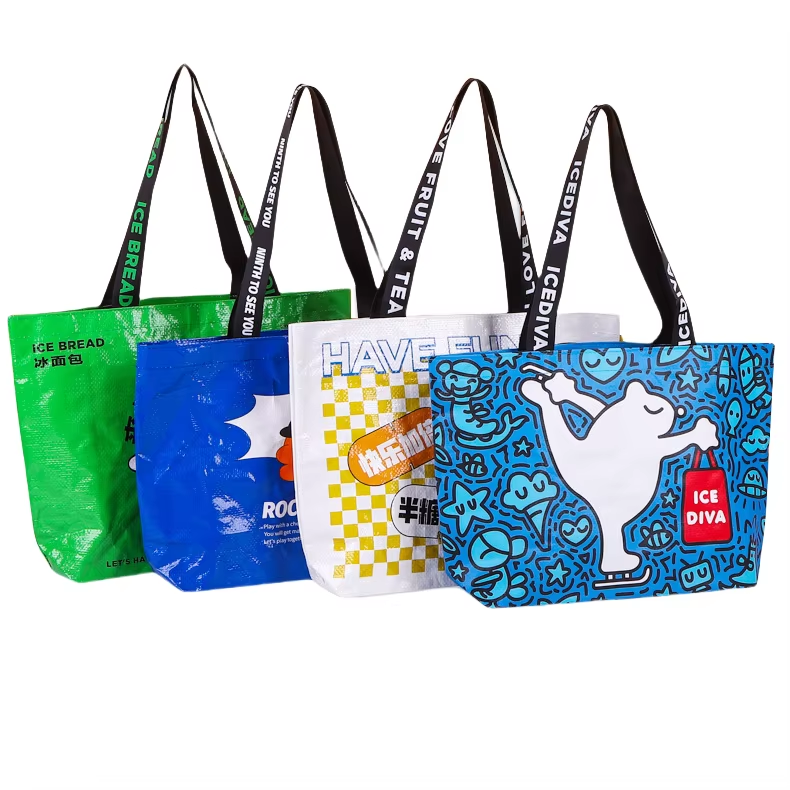
Plastic bags are cheap and convenient. Consumers and retailers see them as more practical. New eco bag brands must carve out differentiation against both cheap plastics and established eco players.
Dive Deeper
Competing against established brands means you'll need unique value propositions. Price alone won’t win. You’ll need design, functionality, or brand story that stands out.
Differentiation Matrix
| Competitor Type | Strengths | New Brand Strategy |
|---|---|---|
| Plastic bag suppliers | Cost, ubiquity, convenience | Highlight reuse and durability |
| Large eco‑bag brands | Brand trust, scale | Niche focus or customization |
| Startups | Flexibility, innovation | Collaborate or sub‑segment |
Example: A new brand offered customizable logo-printed bags for events. They targeted corporate gifting—not grocery—competing by offering brand visibility, not price.
5. Supply Chain & Material Sourcing[^5]
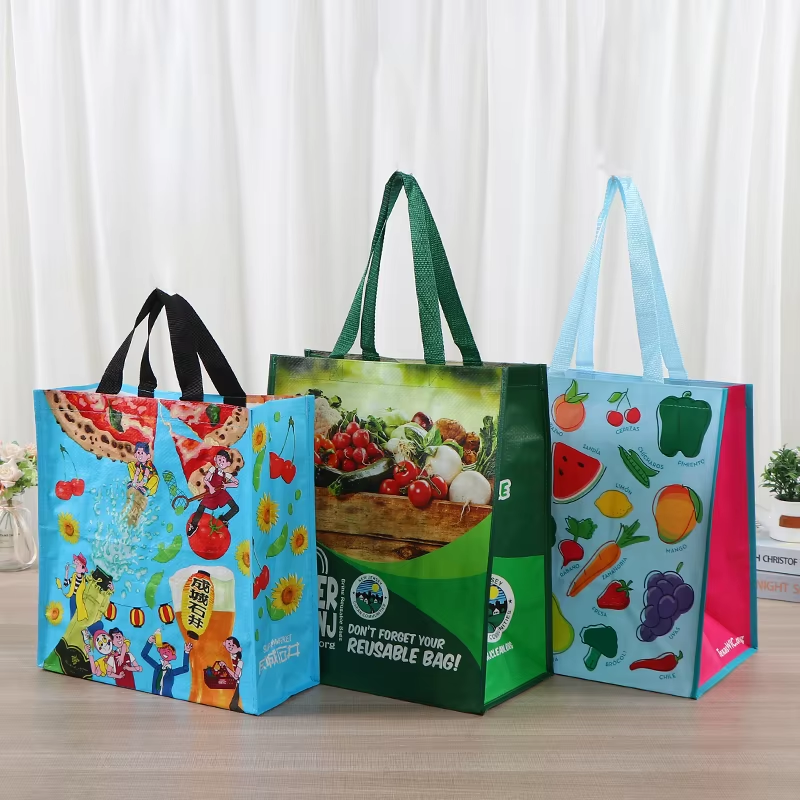
Sustainable materials can be hard to source in quality and volume. Global disruptions drive cost fluctuations. New companies often lack strong supplier ties.
Dive Deeper
Lead times can stretch beyond six months. Sudden price jumps wreck budgets. Some suppliers retract capacity.
Material Supply Challenges
| Raw Material | Typical Issues | Mitigation Tactics |
|---|---|---|
| Organic cotton | Weather, crop yield variability | Multi-source contracts; buffer stocks |
| Hemp | Limited study/performance data | Pilot tests; partner with labs |
| Biodegradable plastic | Regulatory classification uncertainty | Specify compostable ASTM standards |
Emerging brands benefit from building relationships with co‑ops or cooperatives. Pre-order systems help. Diversifying sources—across regions or materials—adds resilience.
Conclusion
New entrants in the eco bag market face steep hurdles in cost, awareness, regulation, competition, and supply. Each challenge needs a tailored response: ask investors for funding, adopt phased marketing, consult compliance experts, define a niche, and strengthen supplier ties.
I’ve seen size‑small brands succeed with focused audiences or custom solutions. The path is tough but full of opportunity. Choose strategies that match your brand’s capabilities and goals.
Have you faced any of these challenges? Share your insights or questions in the comments below!
---
[^1]: Understanding production costs is crucial for startups to strategize pricing and sourcing effectively.
[^2]: Explore strategies to boost awareness and educate consumers about eco-friendly products.
[^3]: Navigating regulations is vital for compliance and market access; learn how to tackle these hurdles.
[^4]: Discover effective strategies for differentiation in a competitive market.
[^5]: Understanding supply chain dynamics can help startups mitigate risks and ensure sustainability.

